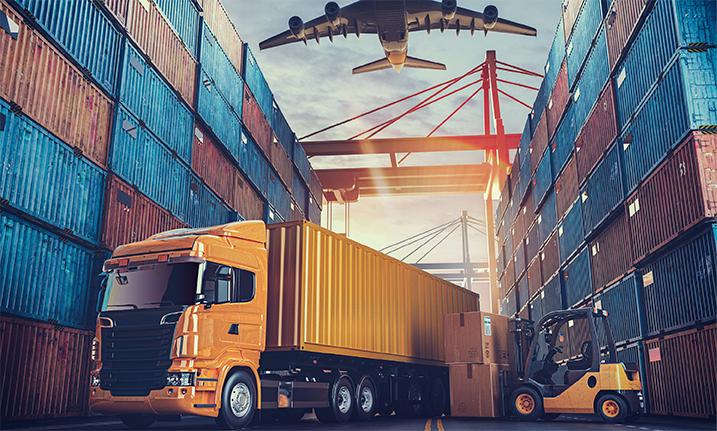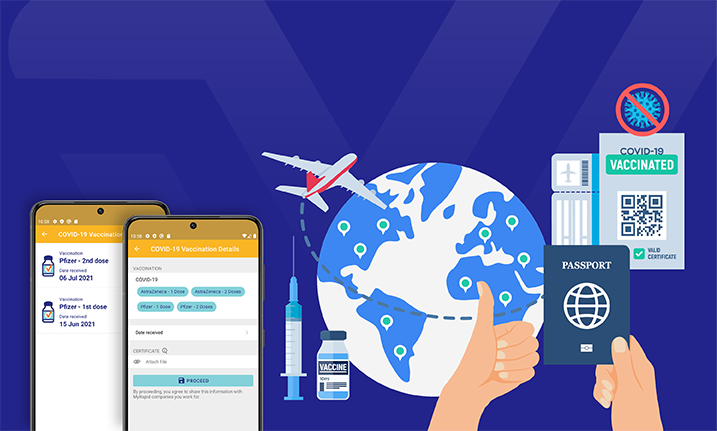

Since the onset of the COVID-19 pandemic, maintaining critical supply chains has become more important than ever. Ensuring the industry can operate efficiently and safely is a critical issue that demands some strong leadership.
We’ve long known that the transport and logistics industries are vital to the Australian economy. The logistics industry contributes 8.6% of Australia’s gross domestic product (GDP) and contributed $131.6 billion to Australia’s economy. The industry is estimated to employ 1.2 million people. Before the pandemic, The National Transport Commission projected that Australia’s freight task would grow by 26% by 2025.
COVID-19 lockdowns altered the trajectory of the Australian eCommerce industry with online purchases during 2020 increasing by 57% YOY, and Australians spent a record $50.46 billion online.
WHS challenges: Changing regulations, high risk & compensation claims
Hauliers, warehouse, and distribution centres are under immense pressure to meet increased demands, as well as overcome the additional challenges presented by COVID-19, such as border closures, lockdowns, and changing Government legislation.
Safe Work Australia statistics reveal that transport is one of the highest risk industries in Australia, which means there are significant responsibilities for leaders and employers.
While the road transport industry accounts for 2% of the Australian workforce, the latest data shows that it accounts for 4% of workers’ compensation claims for injuries and diseases involving one or more weeks off work, and 17% of work-related fatalities.
Around 5,100 workers’ compensation claims are accepted from the road transport industry each year for injuries and diseases involving one or more weeks off work. This equates to 14 serious claims each day.
While there are several risks that workers face, the greatest risks are when individuals are in the vehicle or when loading and unloading freight. Vehicle incidents account for the largest proportion of fatalities within the industry and manual handling injuries are significantly increased for workers that spend a large part of their day loading and unloading trucks and containers.
Other risks include:
- Shift work and driver fatigue
- Working at heights
- Gas and fume exposure
- Isolation and alone worker
- Mental health, stress from pressure to maintain tight deadlines
RELATED READING: SCT Logistics reduced injury incidents by 30% by proactively embracing health and safety across their sites located around Australia

Regulations and new safety strategies
Due to a high incident frequency and high fatality rate, the logistics and transport industries have been identified as a national priority under The Australian Work Health and Safety Strategy 2012–2022.
The purpose of the Australian Strategy is to drive key national activities to achieve improvement in work, health and safety. Essentially, it all comes down to better work, health and safety education, training and inductions, quality risk management and leaders fostering a safety culture of open communication and reporting systems.
How workforce management software can improve safety for transport and logistics workers
You can easily improve work, health and safety within your organisation via 4 key areas:
1. Health and safety by design
Hazards are not eliminated or minimised by luck – they are managed by design. You need to ensure there are regular asset risk management assessments on your vehicles, plant machinery, and site. A system like Rapid Auditor can reduce the complexity of your audit processes and catch risks before they become a problem. This makes it much simpler to manage work, health and safety risks, by making it part of a process.
2. Supply chains and networks
You can improve work, health and safety through supply chains and networks.
Good supply chain management starts with implementing procedures to keep everyone on site safe and that includes contractors.
With a system like Rapid Contractor Management, you can ensure all your contractors go through a standardised pre-qualification process before they arrive on site. You can also collect and verify appropriate licences, SWMS and insurance documentation.
When integrated with Rapid Induct and Rapid Access, contractors arriving on site are cross-checked in the Rapid system. Anyone that does not meet the compliance requirements is denied access from entering the site.
3. Health and safety capabilities
Every employee requires the capabilities, knowledge, skills, and resources to fulfil their role safely. The benefit of a system like Rapid Induct means you can implement comprehensive inductions and training courses to address the risks workers and contractors in the sector face, such as safe driving practices, fatigue, and sedentary risks.
It also allows you to support employers and contractors to stay safe while loading and unloading, securing loads, working at heights, operating plant machinery, forklifts and working alone.
The online system also allows you to collect and store driver’s licences, COVID-19 documentation, permits and certifications, so you can ensure your entire workforce always remains compliant.
4. Leadership and culture
Great leaders foster a culture of consultation and collaboration, which actively improves work, health and safety.
Safety culture starts from the top and Senior Management have a significant role in ensuring adequate risk management frameworks and procedures are in place for the organisation. Risk Management Software like Rapid Risk can help streamline risk management processes. Making it simpler to identify risks, streamline evaluation processes, classification of risks, as well as implement controls to minimise or eliminate the risks.
Safety is a priority for everyone across the organisation. The best way to encourage safe behaviour is to implement an incident management system like Rapid Incident Reporting. This allows employees and contractors to report any issues that may pose a threat to safety.
Get empowered today! Stay ahead of the ever-changing game that COVID-19 keeps bringing. Book a demo to learn how your business can benefit from Rapid’s innovative workforce management software for the transport and logistics industry.







